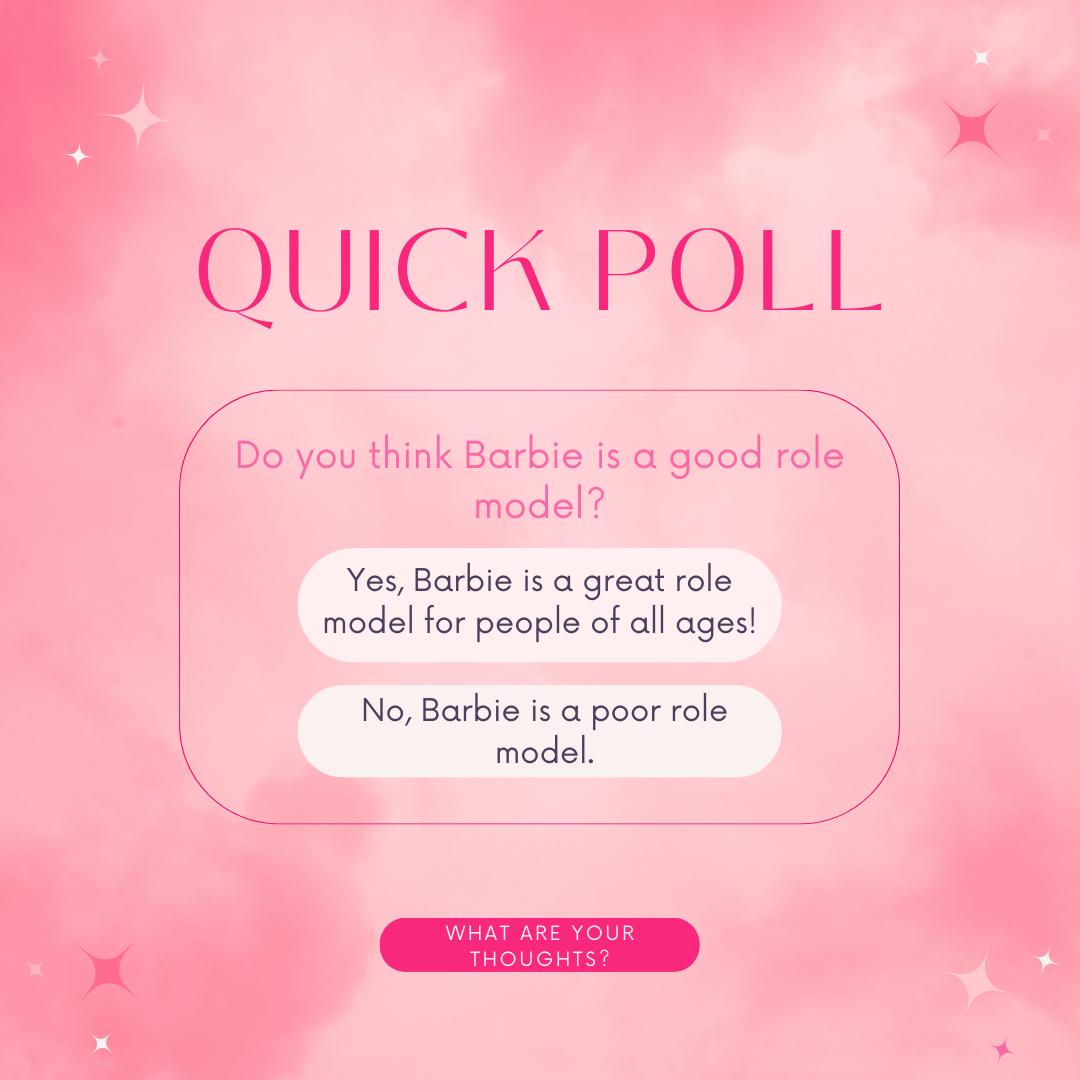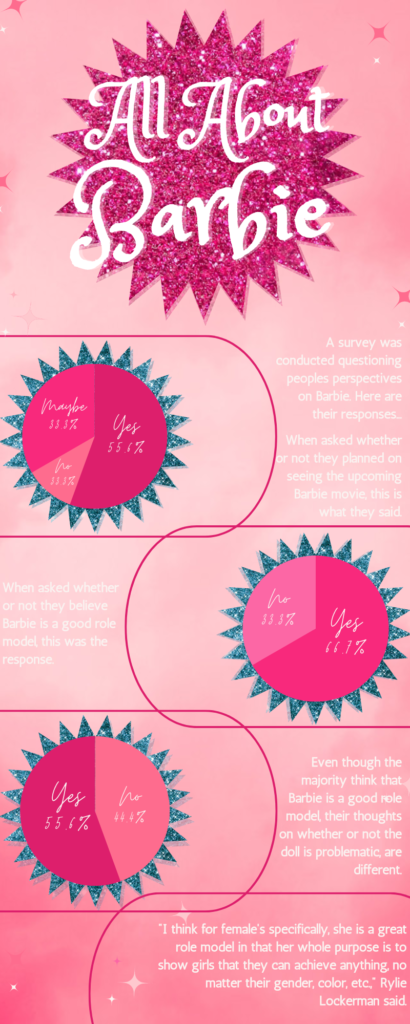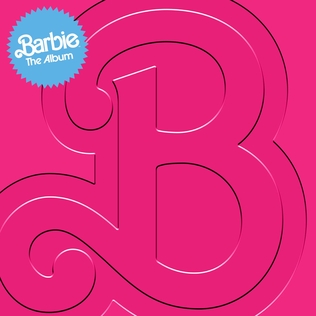By Madisson Cameron, Mustang High School
The pink world of Mattel is all anyone can think about with the new live action Barbie movie, starring Margot Robbie. However, the nature of the doll has been controversial since it first debuted in 1959. There are hundreds of arguments for both sides, most of which start from a young age.
Some people don’t find Barbie problematic. Instead people like rising junior Becca Jolly see Barbie as a positive influence.
“Barbie does everything,” Jolly said, “She is independent, she’s strong and I think she’s not just a great role model for little girls, but for everyone.”
The idea that Barbie does everything isn’t far from the truth. According to the official Barbie website, Barbie has had over 200 jobs.
“Before Barbie, there had never been an adult doll with a career,” an article from Crown, a student news magazine, said, “She was an astronaut in the 1960s, when she went to the moon four years before Neil Armstrong. She was already a CEO in the 1980s, just as women were starting to gain leverage in the workplace.”
Since the beginning, Barbie has encouraged trying everything you can and that nothing is impossible. However, that is not enough to sway everyone.
“Barbie is not a good role model,” Joslin Tinline said.
Tinline is a rising senior at Plainview High School who is not fond of Barbie as a role model for young girls for several reasons. One of which being something she’s noticed about her sister.
“My little sister only wanted to buy these LOL dolls because they were bigger and she felt that she was bigger,” Tinline said, “She didn’t feel like she related to Barbie.”
It’s not uncommon for young girls to notice the difference between Barbie and their physical appearance. There have been several studies done to see whether Barbie’s measurements are realistic.
They aren’t.
According to one study, if Barbie were authentic, “Her measurements would be 38-18-34. The average woman’s measurements, on the other hand, are about 41-34-43.”
However, Mattel has made some changes to their brand and released a few collections in recent years.
Mariah Wheeler is a recent graduate from the University of Oklahoma who was once not a fan of Barbie. However, her views of the franchise have changed due to decisions Mattel has made about the doll.
“As a girl, I was apprehensive about Barbie, but now I feel like they’re trying to be more inclusive,” Wheeler said, “They’re trying to take into consideration different skin types, body figures and more.”
Wheeler thinks that because of the diverse selection of Barbie that Mattel has produced, allows her to be a well-rounded role model for young girls.
The more inclusive dolls are a part of the Barbie Fashionista Collection. This collection has several skin tones, eye colors and body types. Another collection was released last year and each Barbie, while looking diverse, had different disabilities. There are several reasons to like and dislike Barbie, but Mattel believes that they’re promoting a positive role model, and when concerns appear, they’ve tried to make the appropriate changes. Even the argument of whether or not Barbie is a good role model may never settle, Mattel offers a lot of promise in producing a good idol for the next gen







